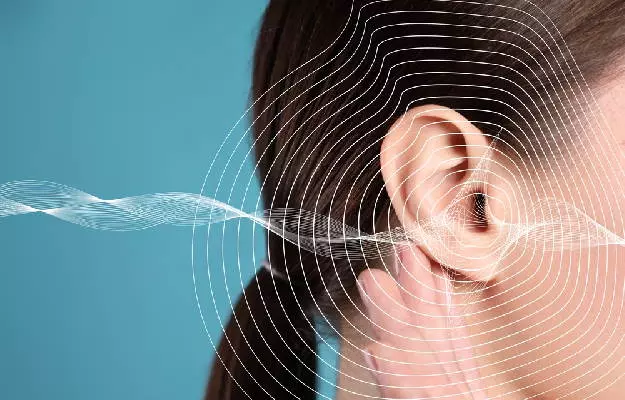Therapy can help reduce tinnitus symptoms. If a specific cause of pulsatile tinnitus is found, doctors can treat the underlying condition. Anemia can be treated with medicine or blood donation. Secretory otitis media can be treated with a tympanostomy tube or grommet. Perforated eardrums can be closed with grafts, and narrowed sections of the artery can be repaired. If it's caused by a specific blood vessel, doctors may or may not be able to fix it, depending on where the blood vessel is located.
The person can try several self-management techniques, including:
Sound Therapy – Many people with tinnitus notice their symptoms more in quiet environments, so hearing other sounds may bother them less. Sound therapy is the intentional use of any sound to reduce a person's awareness of tinnitus. A person can try to listen:
- Environmental Noise, Such As Sound From An Open Window
- Listening To Music Or Radio
- Listening From Smartphone App
- Table-top Sound Generator
Rest – When a person rests, certain changes occur in the body, including a decline in his heart rate, blood pressure and some brain activities. Relaxation techniques such as breathing exercises, mindfulness, and meditation can also reduce the impact of pulsatile tinnitus on everyday life.
Cognitive Behavioral Therapy – Cognitive behavioral therapy (CBT) aims to change the way people respond to tinnitus rather than removing the actual sounds. The idea is to learn techniques to improve the way a person thinks and acts around tinnitus.
Tinnitus Therapy -Tinnitus retraining therapy (TRT) is a form of therapy that aims to help people manage the impact of tinnitus on their everyday lives.
Read more - (Wheezing symptoms, causes, treatment)








